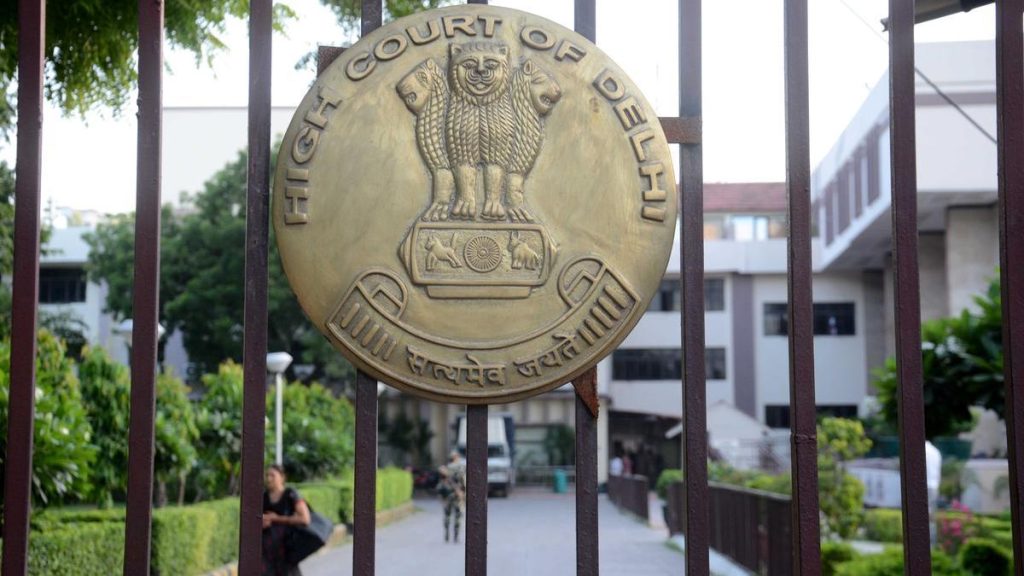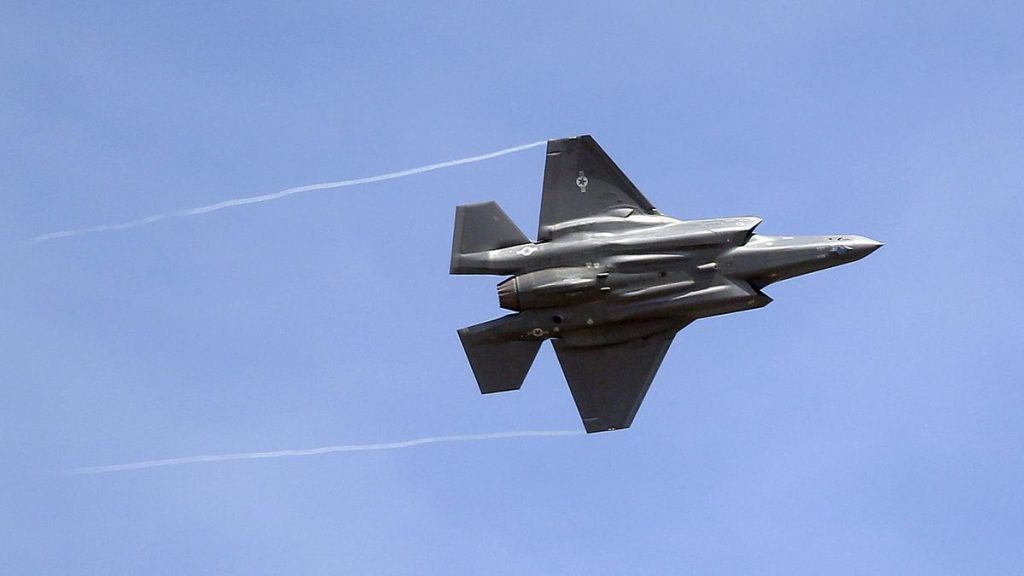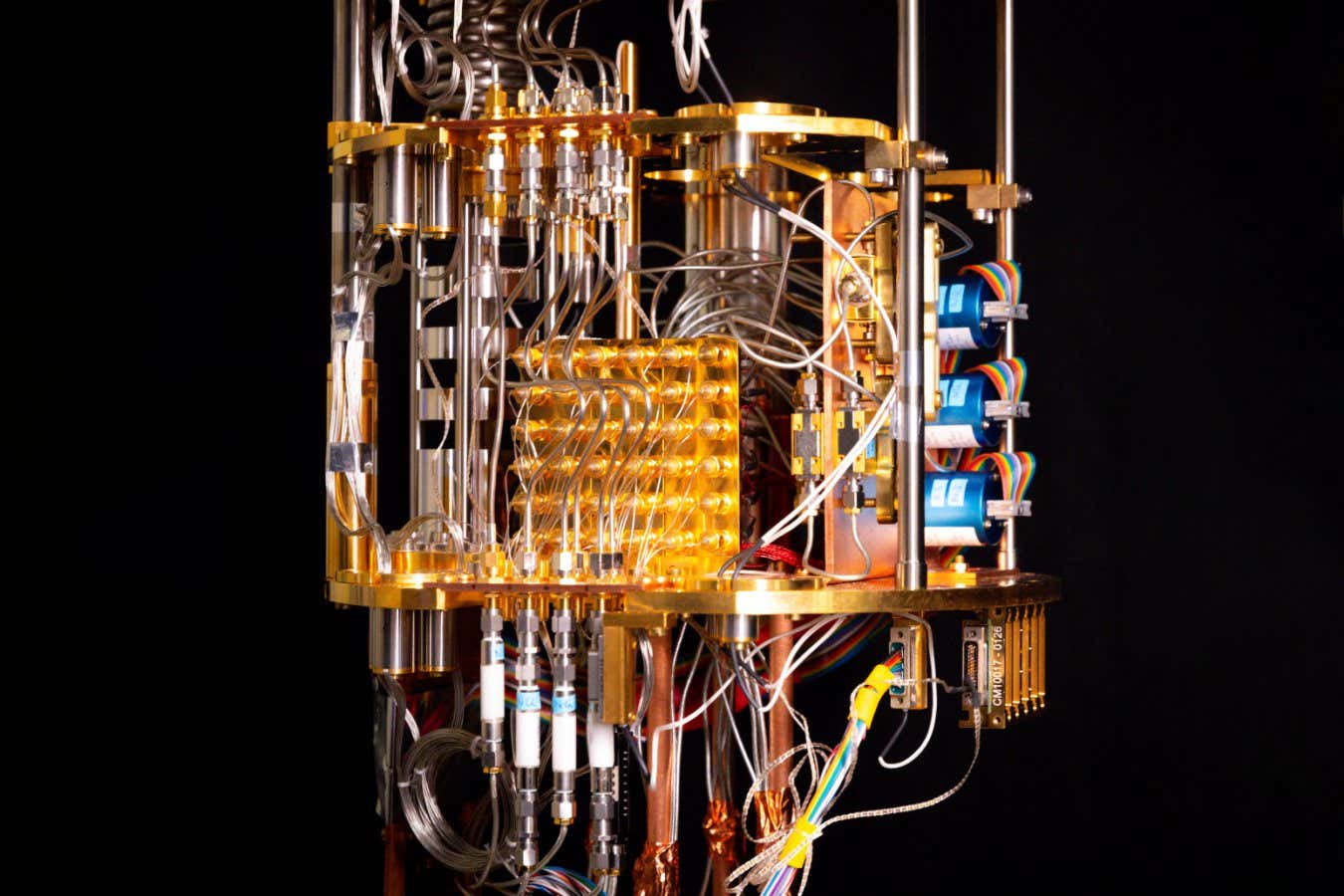Now Reading: Stunning Images Unveil Fresh Insights into the Sun’s Atmosphere
-
01
Stunning Images Unveil Fresh Insights into the Sun’s Atmosphere
Stunning Images Unveil Fresh Insights into the Sun’s Atmosphere

Rapid Summary
- Astronomers revealed new processes in the sun’s atmosphere using detailed images from the Goode Solar Telescope, California.
- Adaptive optics technology removed Earth’s atmospheric blur to observe features in the sun’s corona (outer atmosphere).
- key observations:
– Plasma streams and solar prominences breaking apart and reforming.
– Coronal rain: city-sized plasma droplets cooling and falling to the surface by gravity.
– Twisted magnetic structures perhaps tied to heating of the corona through nanoflares.
- The research took place during summers of 2023 and 2024, aiming to address why the corona is much hotter than the sun’s surface-a longstanding mystery.
- Some phenomena remain unexplained, such as a plasma wisp transforming into blobs. Further studies are expected.
!campaign=RSS%7CNSNS&utmsource=NSNS&utmmedium=RSS&utm_content=home”>Read More
Indian Opinion Analysis
The newly obtained images of solar phenomena offer exciting scientific advancements, potentially guiding researchers closer to resolving key mysteries about our star. For India, which has a growing interest in space programs through initiatives like ISRO’s solar mission (Aditya-L1), these discoveries may provide complementary data or indirect benefits for Indian research. Understanding coronal heat mechanisms could aid future climate predictions or energy applications as nations pursue deeper insights into cosmic systems.
While groundbreaking on a global scale, contributions by diverse observatories like India’s Aditya-L1 can collectively expand humanity’s knowledge of stellar physics. The enigmatic behaviors seen highlight how international collaboration remains critical in advancing space science-aligning with India’s increasing engagement in global astronomical partnerships.























